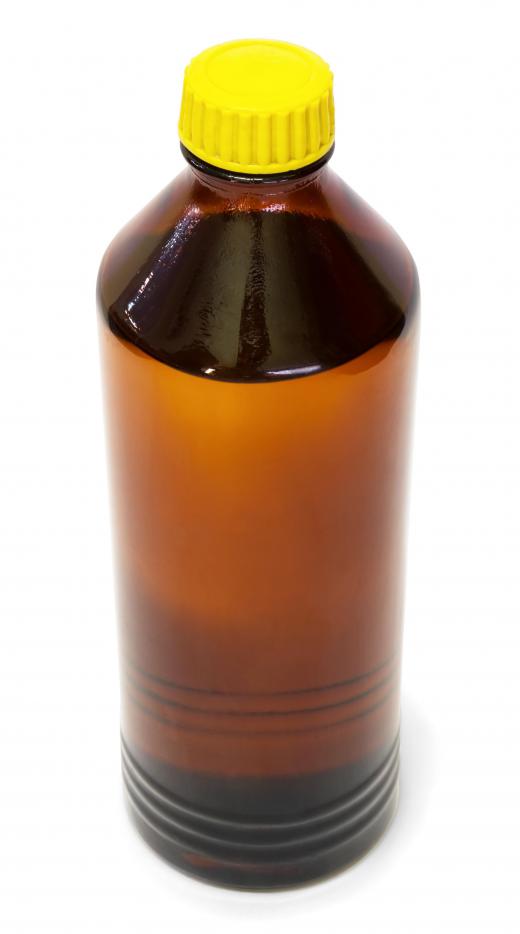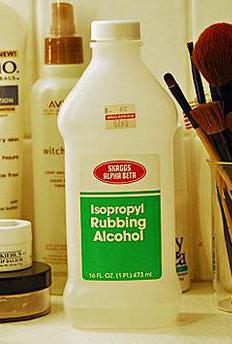Kerosene may not have the popularity around the home that it once enjoyed, but there are still enough household uses that the strong odor can cause some problems. A number of different additives can be used to reduce or eliminate the odor, or the fuel can be filtered to remove the elements that cause the offensive smell.
One of the oldest methods of creating deodorized kerosene is by ading paraffin oil. While the amount that should be added varies from one folk recipe to the next, most recommend using one part paraffin oil to two parts kerosene. Many people also believe that this combination will result in a fuel that will burn brighter in an oil lamp.

If there is no paraffin available, using common rubbing alcohol is an option. Rubbing alcohol is actually isopropyl alcohol, and can be purchased at most discount retail stores. If the kerosene is destined for use in a camping lamp or heater, adding in 1 ounce (29.5 ml) of rubbing alcohol can often greatly decrease the aroma of 1 gallon (3.785 liters) of fuel. If rubbing alcohol is not readily available, a recipe of one part mineral spirits to three parts kerosene will yield the same result. Alternately, 20 drops of sassafras oil is said to cut the odor of 1 gallon (3.785 liters) of kerosene greatly.

When it comes to attempting to filter out odors from the kerosene, there are two suggested methods. First, the kerosene is run through an activated carbon filter. This filter should catch some of the elements in the fuel that actually cause the odor, and by eliminating them, the smell is drastically reduced. A second approach is to add 1 cup (about 330 grams) of powdered limestone to 1 gallon (3.785 liters) of kerosene. The mixture should be allowed to sit for three to five days; by then, any residue of the powder will have settled to the bottom of the container. The fuel should then be strained into a clean container. The limestone is said to absorb the odor causing properties of the kerosene, leaving the fuel to burn brightly and with almost no odor at all.
For people who cannot stand the strong odor of kerosene, these methods can make the difference between an enjoyable camping trip or one that is pure misery.

